News

06.28.19- Renewable electricity beat out coal for the first time in April
A remarkable thing happened in the US in April. For the first time ever, renewable electricity generation beat out coal-fired electricity generation on a national level, according to the Energy Information Agency (EIA). While renewable energy—including hydro, wind, solar, geothermal, and biomass—constituted 23 percent of the nation's power supply, coal-fired electricity only contributed 20 percent of our power supply.
06.17.19- Virginia Clean Energy Summit
Join DMME at Virginia's inaugural clean energy summit. The event will highlight emerging technologies, policies and business practices being implemented by Virginia's solar power, wind energy and energy efficiency leaders. To learn more and register: https://www.vacleanenergysummit.org/
04.19.19- Mapped: The world’s coal power plants in 2019
Interactive map of the world's coal-fired generation plants, 2000 to the future.

03.08.19- https://www.dmme.virginia.gov/webmaps/aml/
If you live in the coalfields of Virginia it is important to not endanger yourself when developing land or placing a home. You can find the location of historic mine sites in an interactive map on our website.

At Virginia Tech in Blacksburg. The presentation by Hannah Patton is on her work to understand roadside spout springs as a source of drinking water in the Appalachian coalfields. The research is aimed at comparing the water quality of these sources to that of tap water in users’ homes - and to understand the motivations for using spring water.
.jpg)
The Department of Forest Resources and Environmental Conservation and the Facilities Department have completed a collaborative inventory and analysis of more than 10,000 landscape trees spread out across 900 acres of the Virginia Tech campus.
The project provides crucial information as Virginia Tech moves forward with its 2018 Campus Master Plan and will be a useful resource in future development initiatives.
“In planning and managing urban forests, information is essential,” said Eric Wiseman, associate professor of urban forestry in the College of Natural Resources and Environment. “There is a saying in natural resource management that you have to understand the resource before you can manage it, and that’s where this inventory comes into place. It provides a baseline of information that allows Virginia Tech to evaluate the quality and composition of our campus forests across a wide range of criteria.”

07.05.18- Virginia Department of Mines, Minerals & Energy
DMME and the Secretary of Commerce and Trade office are hosting a Virginia Energy Plan Stakeholder Meeting on Solar and Wind Issues under Senate Bill 966 in Richmond on July 10th, open to any interested parties. No RSVP required.

06.27.18- 2018 VIRGINIA ENERGY PLAN
Work has begun on the Governor of Virginia’s 2018 update to the Virginia Energy Plan, with the beginning of a public comment period June 25 through August 24, 2018. On Monday, June 25, the Office of the Secretary of Commerce and Trade and the Department of Mines, Minerals, and Energy hosted the Virginia Energy Plan Stakeholder Kickoff meeting at the Library of Virginia in Richmond. At this meeting, Angela Navarro, Deputy Secretary of Commerce and Trade, provided an overview of the planned two-month stakeholder engagement process, which will include public meetings around the state and will solicit written comments online. She encouraged those attending to comment on both the planned process and on the issues already identified as needing attention in the updated Virginia Energy Plan.
To learn more about the Virginia Energy Plan, the legislated requirements for its update during each governor’s term, and to see the slides presented by Deputy Secretary Navarro, please visit:
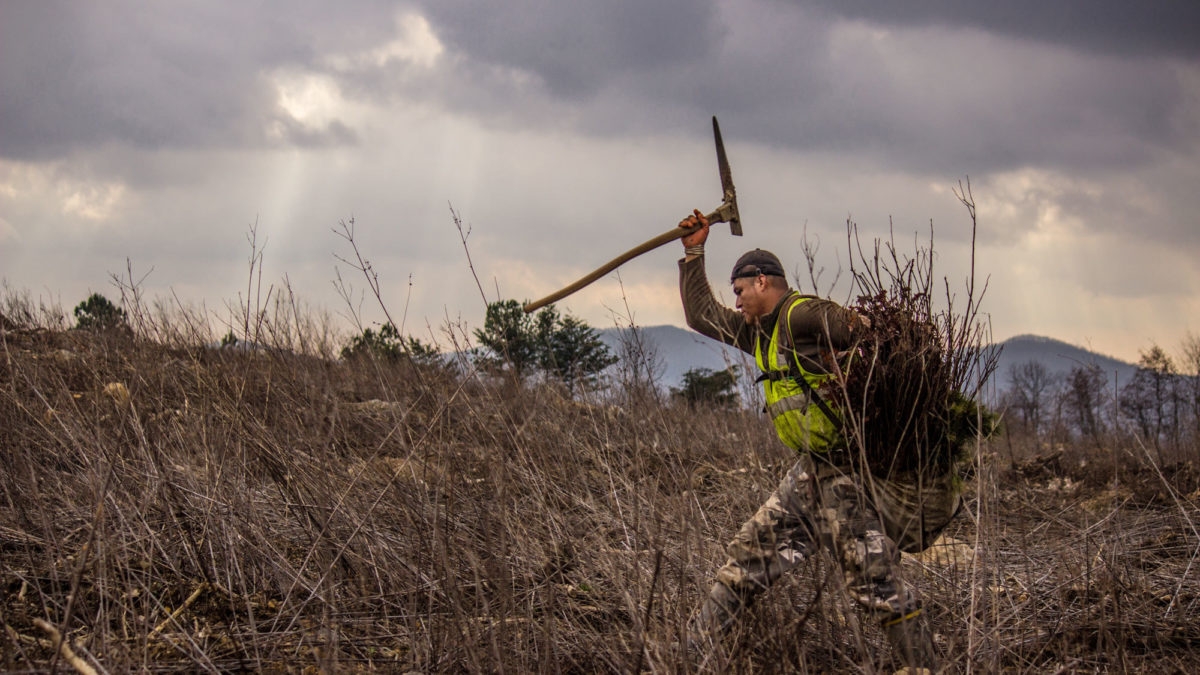
Previous efforts to restore former coal mine sites in Appalachia have left behind vast swaths of unproductive land. Now, a group of nonprofits and scientists are working to restore native trees to the region — even if it means starting the reclamation process from scratch.
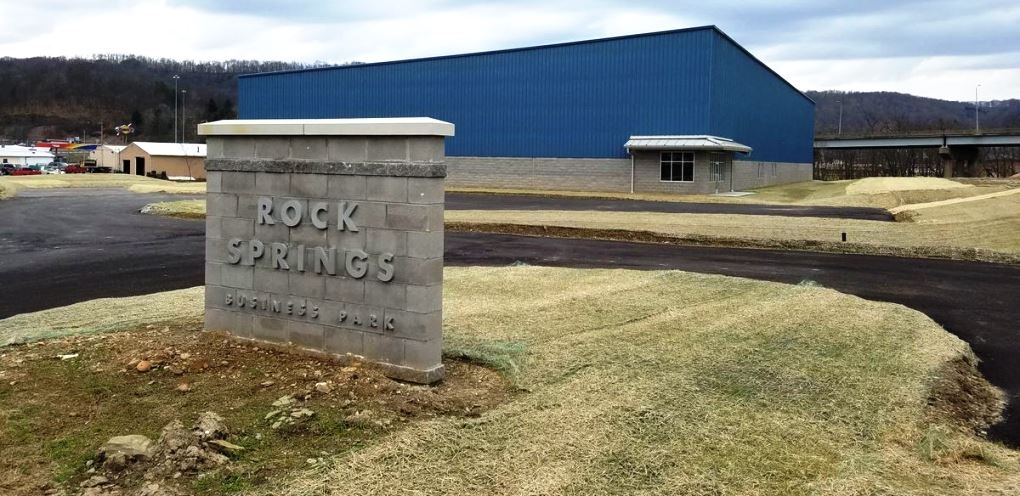
WEIRTON — With three signed letters of intent already in his back pocket, Pat Ford said the old Follansbee Steel site in Brooke County could soon be off his “available properties” list.
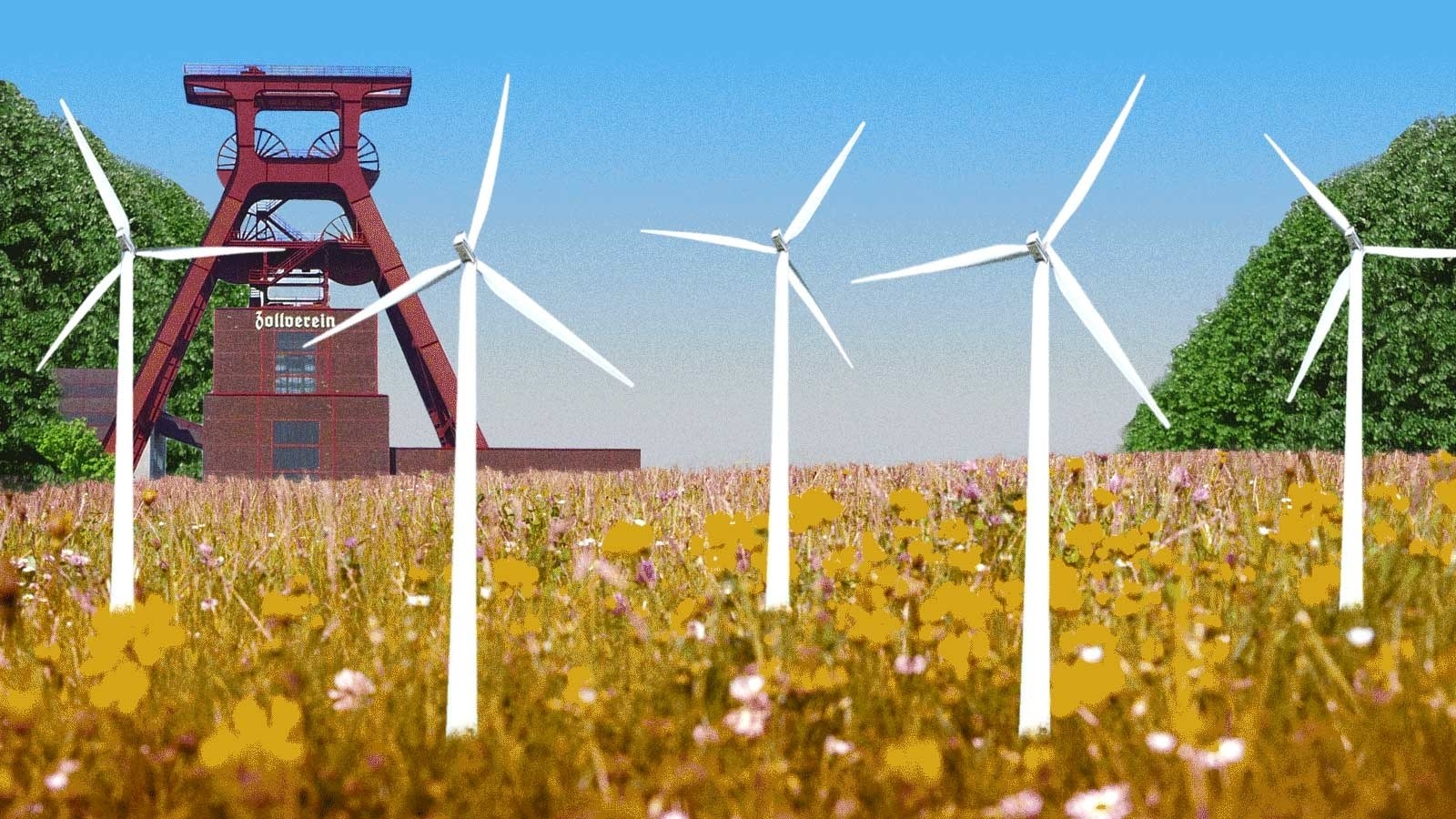
This story originally appeared on Grist and is part of the Climate Desk collaboration.
It’s a sunny October day on the outskirts of the west German town of Bottrop. A quiet, two-lane road leads me through farm pasture to a cluster of anonymous, low-lying buildings set among the trees. The highway hums in the distance. Looming above everything else is a green A-frame structure with four great pulley wheels to carry men and equipment into a mine shaft. It’s the only visible sign that, almost three quarters of a mile below, Germany’s last hard coal lies beneath this spot.
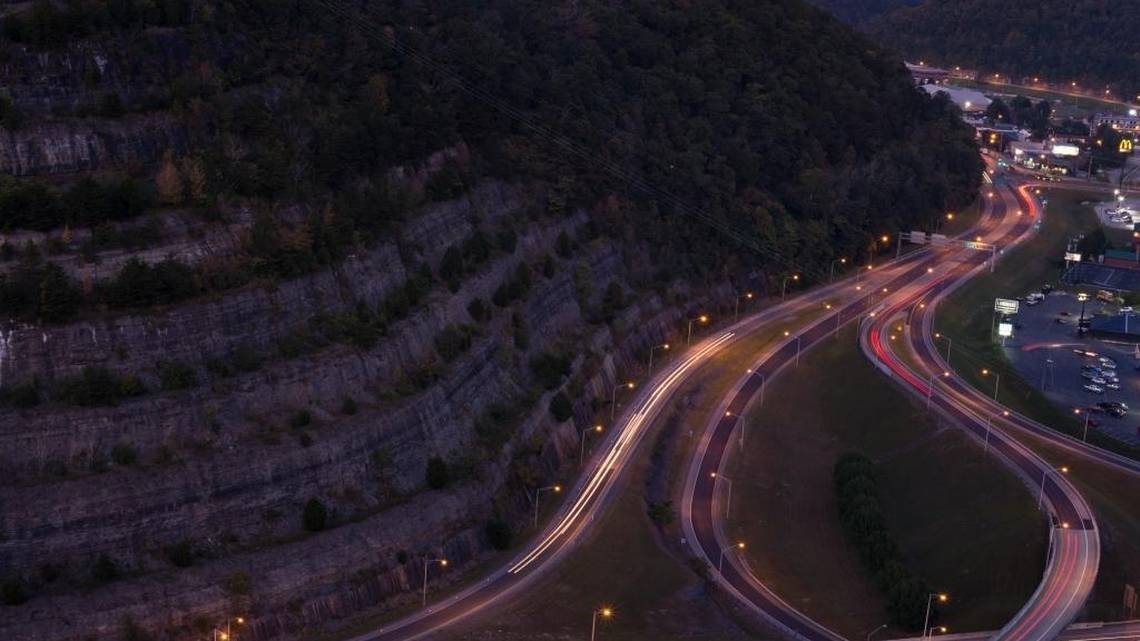
Editor’s note: This story is part of Crossing the Divide, a cross-country reporting road trip from The GroundTruth Project and WGBH. The team of five reporters is exploring issues that divide us and stories that unite us. Follow their trip across America at xthedivide.org.
PIKEVILLE — Silicon Valley, meet Appalachian Mountains.
In Eastern Kentucky, in the heart of rural Appalachia and amid the coal-dust remnants of the Industrial Revolution, a nascent digital revolution is taking shape. After the rapid decline of the coal industry, Eastern Kentuckians are attempting to diversify the region’s economy, but limited access to broadband internet poses a significant challenge.
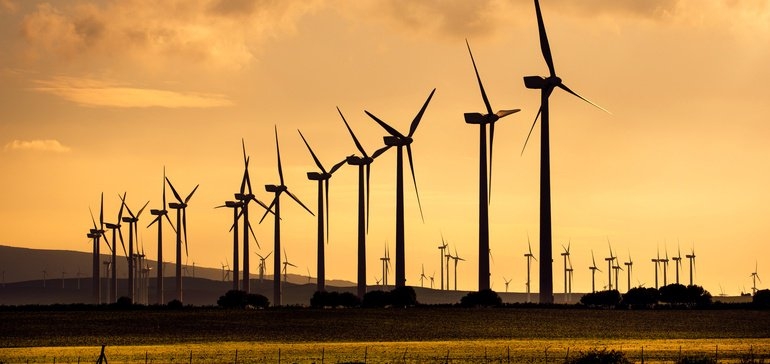
11.07.17

A new paper by three economists, published Thursday in the journal Science, challenges how the Environmental Protection Agency has justified repealing a 2015 water protection rule and contends that the Trump administration ignored hundreds of millions of dollars in benefits the regulation would have produced each year.

Three prominent, regional news organizations have come together today to launch a project that will provide deeper news coverage for local communities in the coal fields of southern West Virginia and eastern Kentucky.


